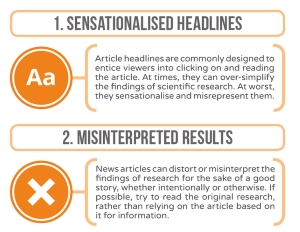Applying Systematic Reviews
< Back to search results- Format Texts
- Language/s English
- EBM Stage 4 - Decision making
- Duration >15 mins
- Difficulty Intermediate
Key Concepts addressed
- 2-2a Reviews of fair comparisons should be systematic
- 2-3b Relative measures of effects can be misleading
Details
The purpose of a systematic review is to summarise all the available evidence to assess the effect of a treatment. This is likely to include data from trials of different durations in different patient types, but the relative effect of treatment is nevertheless fairly consistent.
The first article in this series considered a systematic review that compared long-acting beta2-agonists (LABA) with leukotriene receptor antagonists (LRTA) in chronic asthma, The overall relative risk is 0.83,indicating a 17% relative risk reduction with the LABA. In practice, this data needs to be considered in relation to individual patients, and the absolute difference that the treatment makes will depend on the baseline risk of the patient.
Fewer patients will need to be treated for one to benefit in a group of asthmatics who have lots of exacerbations than for those who rarely suffer an exacerbation. This is demonstrated in the two smiley face diagrams opposite. The same relative risk of 0.83 has been applied to low-risk patients who suffer few exacerbations (baseline risk of 3%, Fish 2001) as to those who have more frequent exacerbations (baseline risk of 17%, Ilowite 2004).
These Cates plots are generated using Visual Rx, a free online calculator for NNT (www.nntonline.net). In each case, if all 100 patients are given LABA rather than LRTA, the green faces remain free from exacerbation and the red faces exacerbate anyway, and only the yellow faces become free from exacerbation due to the LABA.
There is a simple explanation for the higher risk of exacerbation in the Ilowite study: it lasted for 48 weeks, as opposed to just 12 weeks in the Fish study. So although NNT is useful in applying the results of trials and reviews to patients with different baseline risks, it is dangerous to use NNT to compare treatment effects between studies unless the baseline risks are the same.
From Dr Chris Cates, EBM Website.




Discussion
0 Comments